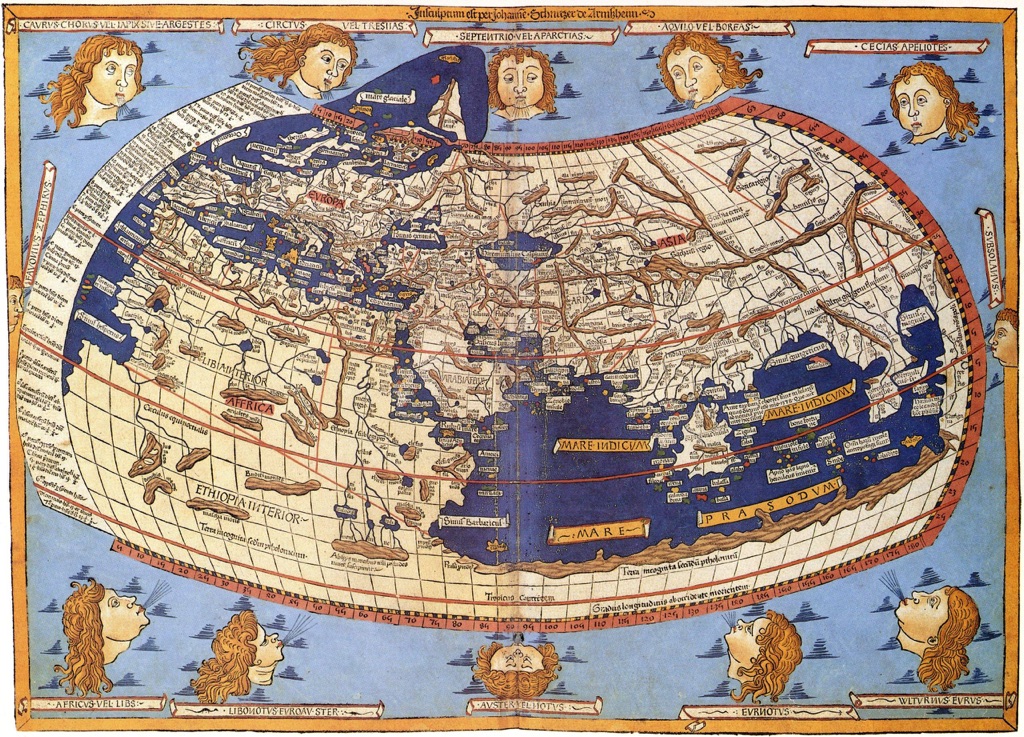Summary
Terra Australis, often referred to as the “Southern Land,” is a hypothetical continent first posited in antiquity and later explored by many brave adventurers. This landmass was believed to exist far south of the equator, balancing the known land in the Northern Hemisphere. While Terra Australis, as initially imagined, doesn’t exist, the term eventually became associated with Australia, a continent that indeed lies in the southern hemisphere.
Get your dose of History via Email
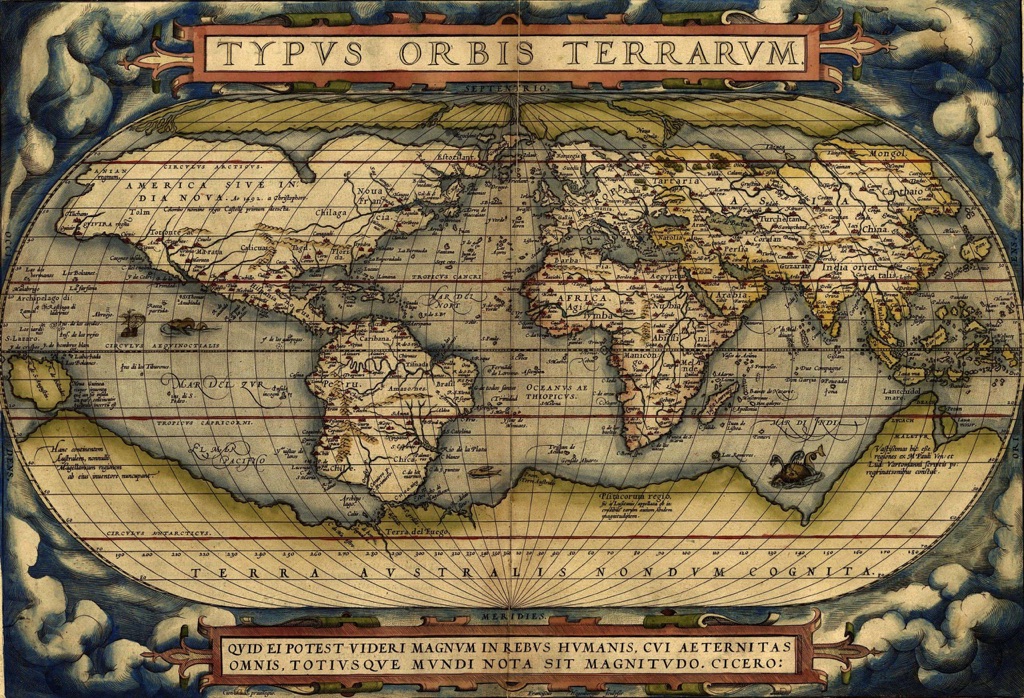
Historical Background
The concept of Terra Australis dates back to the ancient Greeks, who believed in a large southern continent for symmetry’s sake. Aristotle and Ptolemy were among the notable philosophers who propagated this idea. However, it wasn’t until the Age of Discovery that explorers began actively seeking this mythical land.
European explorers like Ferdinand Magellan and Sir Francis Drake ventured into the uncharted southern seas, adding fuel to the Terra Australis myth. However, it was the voyages of Captain James Cook in the 18th century that finally dispelled the myth. Cook’s circumnavigation of the globe proved there was no “large” Terra Australis, although he did chart parts of Australia and New Zealand.
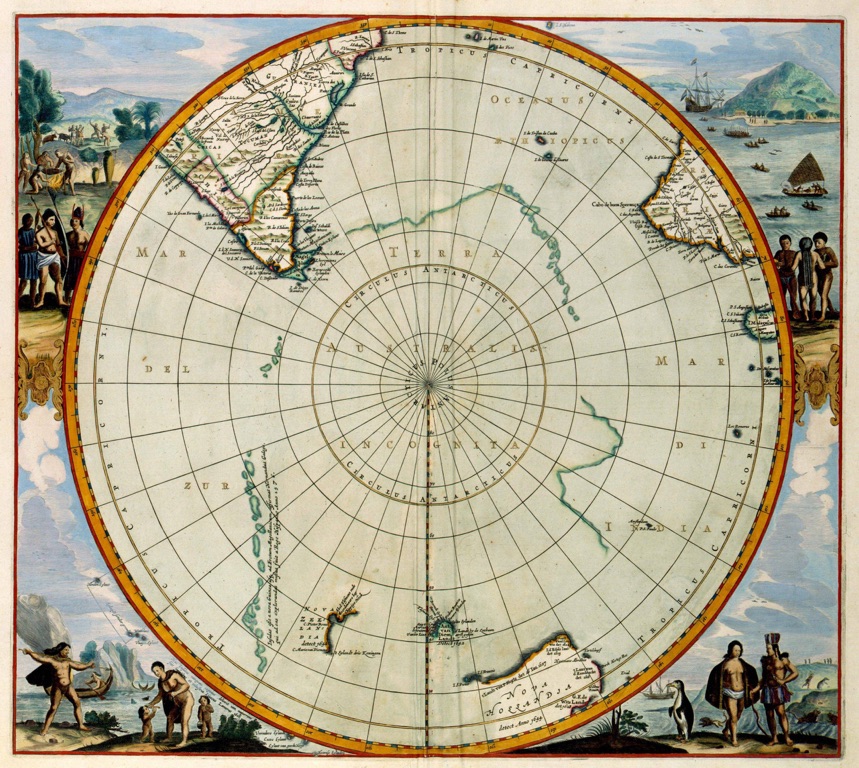
Interestingly, the name Terra Australis was later applied to New Holland, a landmass discovered by Dutch explorers in the 17th century. Eventually, New Holland was renamed Australia, thus giving a nod to the ancient myth of a southern land.
Despite its mythical status, Terra Australis played a significant role in navigational and cartographical advancements. It spurred explorations that led to the discovery of new lands and sea routes, shaping the world as we know it today.
While Terra Australis, as a large, unexplored southern continent, was proven to be a myth, its legacy lives on in the name of Australia. This tale of exploration and discovery is a testament to humanity’s insatiable curiosity and quest for knowledge.
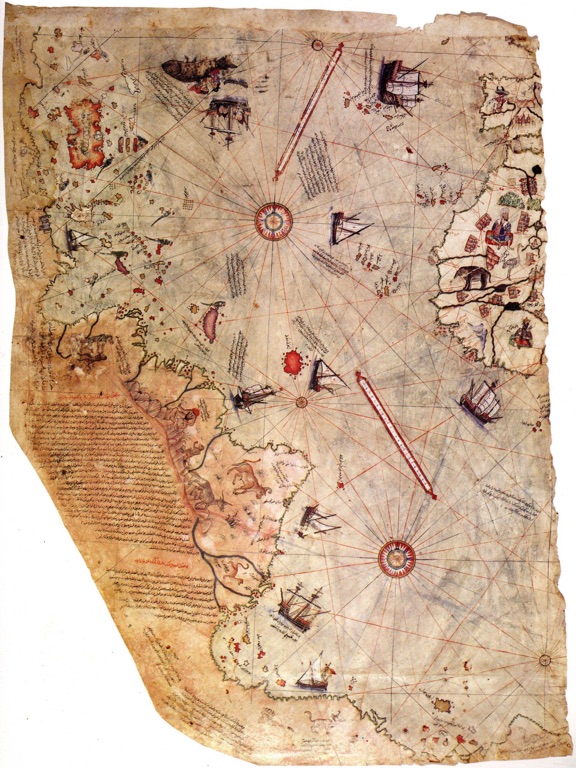
Architectural Highlights/About the Artifact
As a hypothetical land, it doesn’t have any physical architecture or artifacts. However, it has left a profound imprint on historical maps and nautical charts. Many of these maps, dating from the 15th to the 18th centuries, prominently feature a large southern continent labelled Terra Australis.
One such artifact is the “Typus Orbis Terrarum,” a world map created by Abraham Ortelius in 1570. This map, considered one of the first modern atlases, depicts a large Terra Australis occupying much of the southern hemisphere.
Another notable artifact is the “Descriptio Terrae Australis,” a map by Cornelius Wytfliet from 1597. It’s one of the earliest maps to depict parts of Australia, albeit inaccurately, as Terra Australis.
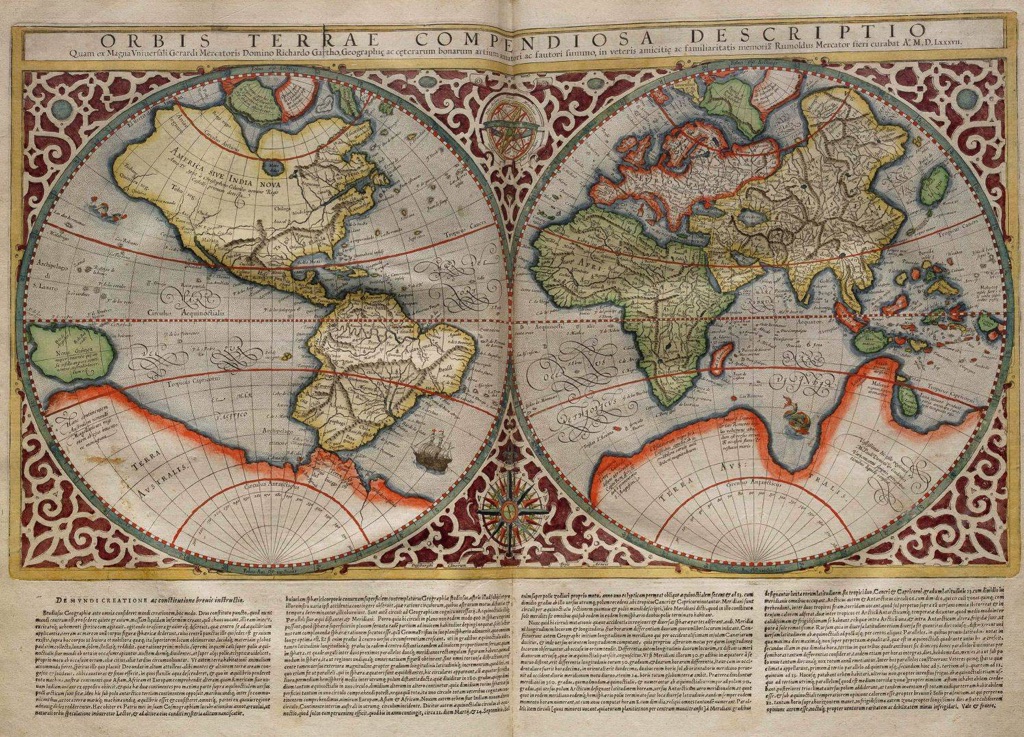
These historical maps and charts serve as artifacts of a bygone era, a time when the world was not fully explored and mythical lands were believed to exist. They provide valuable insights into the geographical understanding and exploratory spirit of the times.
While we now know that Terra Australis as a large southern continent doesn’t exist, these artifacts remind us of our ancestors’ quest for knowledge and their daring explorations into the unknown.
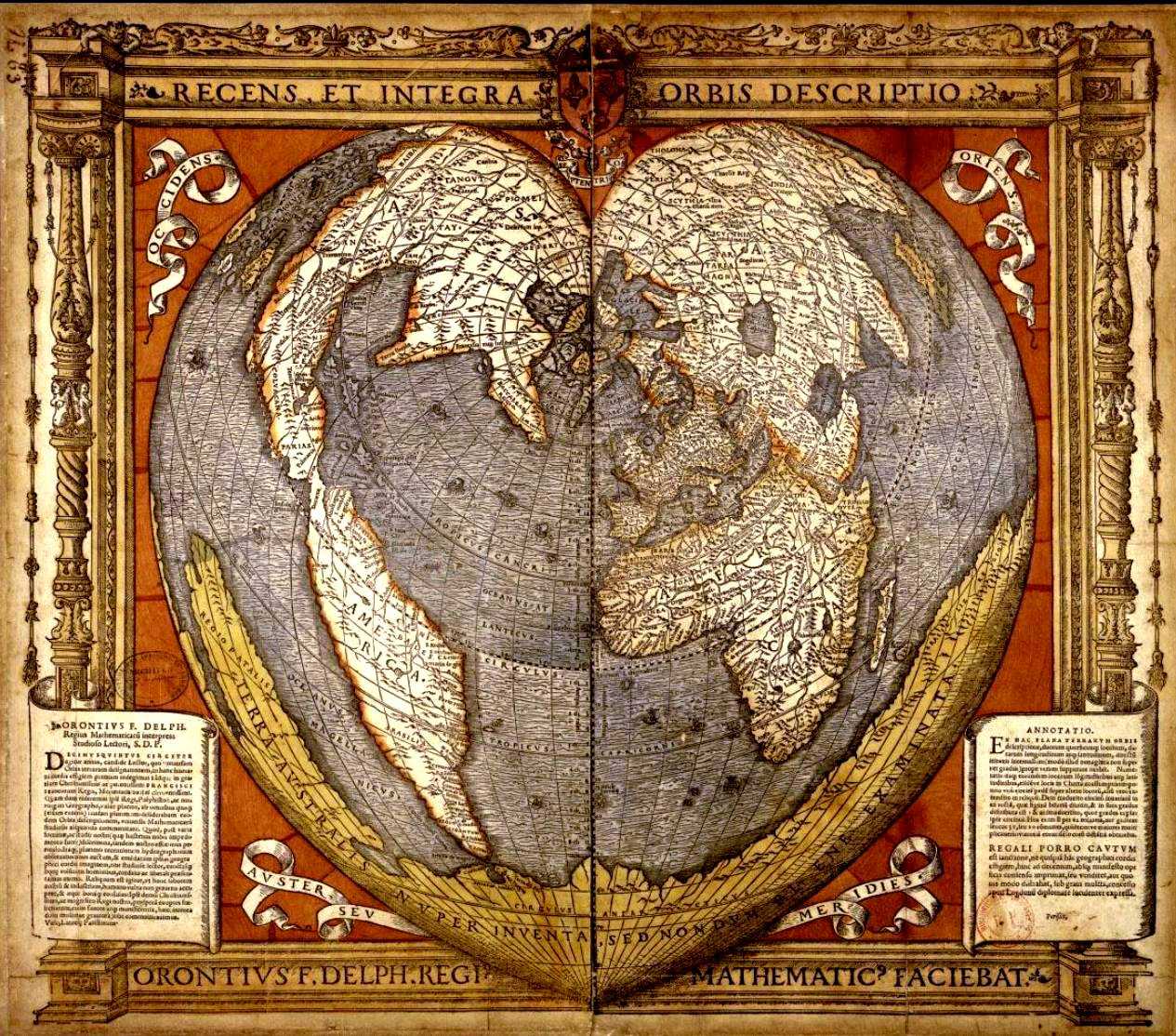
Theories and Interpretations
The idea was rooted in the ancient theory of landmass symmetry, which posited that the land in the Northern Hemisphere must be balanced by an equal amount of land in the Southern Hemisphere. This theory, although flawed, was widely accepted until the Age of Discovery.
Over the centuries, various interpretations of Terra Australis emerged. Some believed it to be a paradise, while others feared it was a desolate, inhospitable land. These contrasting views often reflected the explorers’ hopes and fears about the unknown.
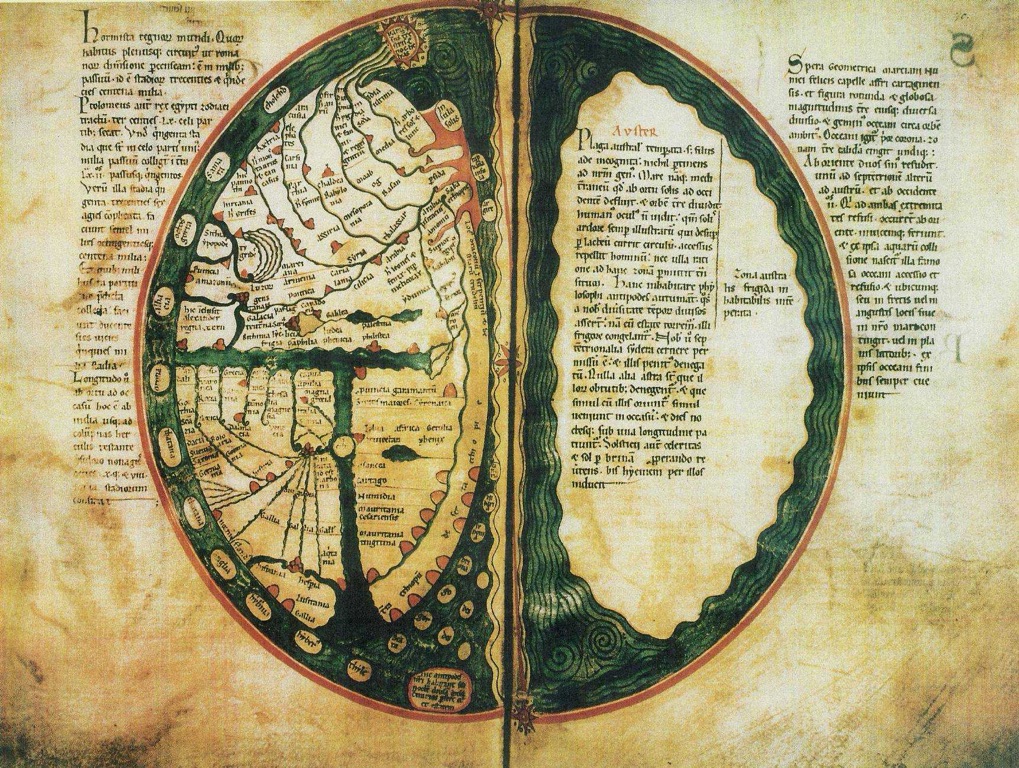
As explorations progressed, the concept evolved. When parts of Australia and New Zealand were discovered, they were initially thought to be part of the mythical Terra Australis. However, as more accurate maps were produced, it became clear that these lands were separate entities and not part of a large southern continent.
The myth persisted until Captain James Cook’s voyages in the 18th century. Cook’s extensive exploration of the southern seas provided conclusive evidence that a large continent did not exist. This effectively ended the centuries-old myth, although the name Terra Australis lived on in the form of Australia.
Today, Terra Australis is viewed as a historical curiosity, a testament to humanity’s quest for knowledge and the evolution of geographical understanding.
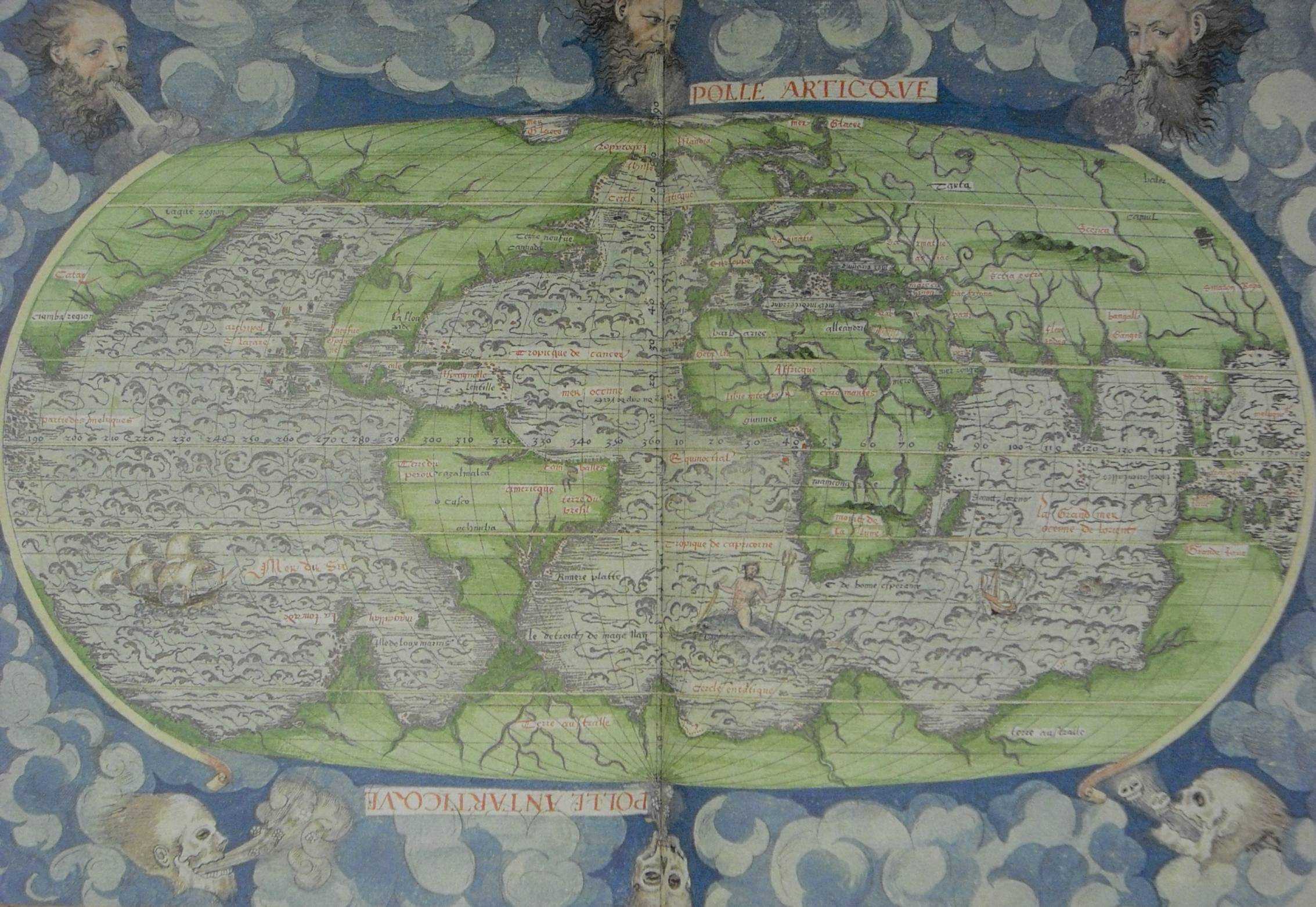
Good to Know/Additional Information
While Terra Australis as a large southern continent is a myth, the term “Terra Australis” is still used in a scientific context. In geology, “Terra Australis” or “Gondwana” refers to a supercontinent that existed millions of years ago, including present-day Australia, Antarctica, South America, Africa, and India.
Despite its mythical status, Terra Australis has had a significant cultural impact. It has inspired numerous works of literature and art, from ancient maps and sea charts to modern novels and films. The idea of an unknown, unexplored land continues to captivate our imagination.
The legacy of Southern Land is also evident in the names of various places and species. For instance, “Terra Australis” is the official name of an Antarctic research station, and “Eucalyptus regnans,” the tallest flowering plant on Earth, is also known as the “Mountain Ash of Terra Australis.”
While the myth has been debunked, its spirit of exploration and discovery lives on. It serves as a reminder of our ancestors’ curiosity and their quest to understand the world.
Today, as we explore the final frontiers of space, the tale of Terra Australis continues to inspire us. It reminds us that there are always new frontiers to explore, new knowledge to gain, and new myths to create.
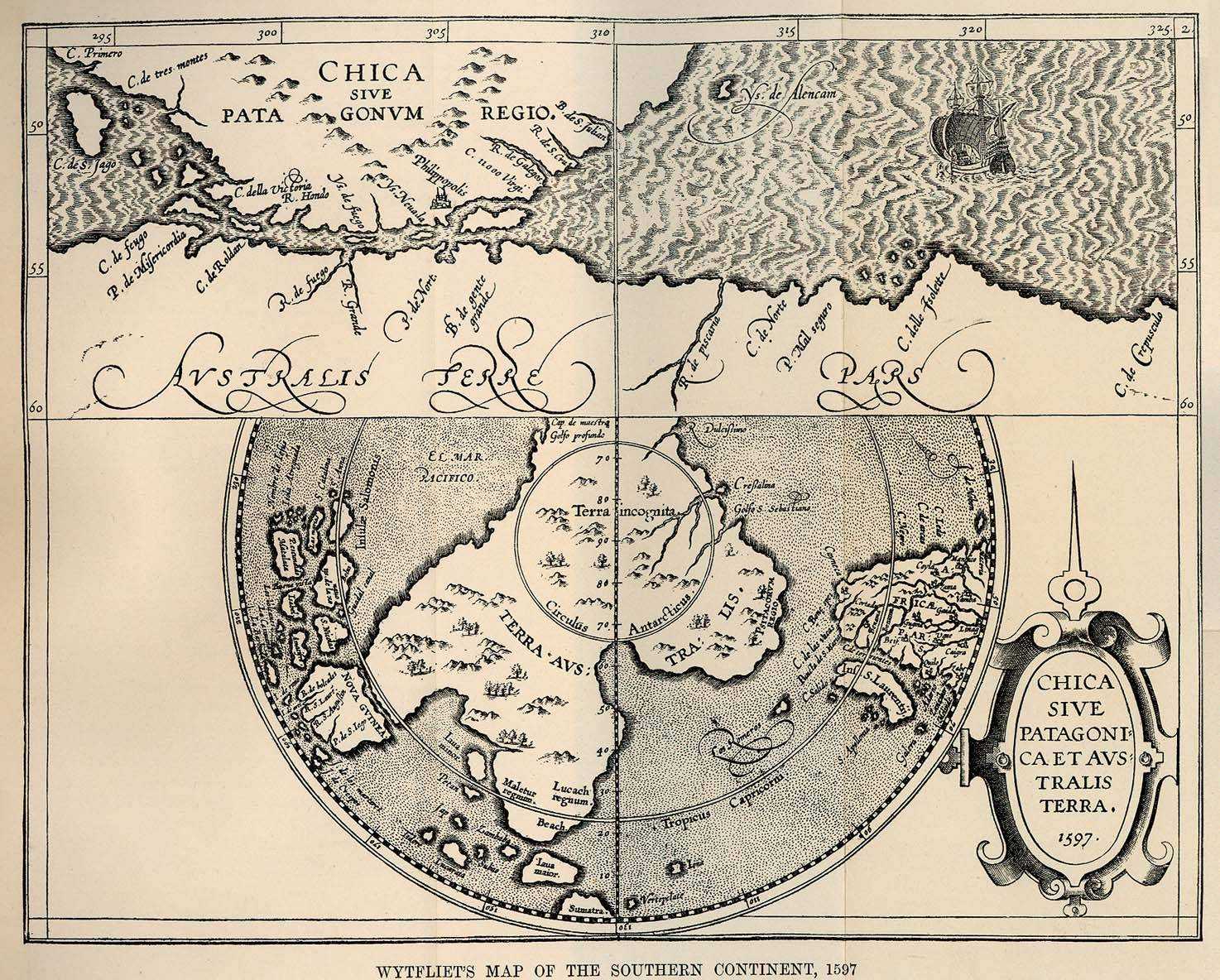
Conclusion and Sources
The tale of Terra Australis is a fascinating journey through history, a testament to humanity’s quest for knowledge and the spirit of exploration. While Terra Australis, as a large southern continent, was a myth, its legacy lives on in the name of Australia and in our continued pursuit of the unknown.
For further reading and verification of the information provided, the following sources are recommended:

